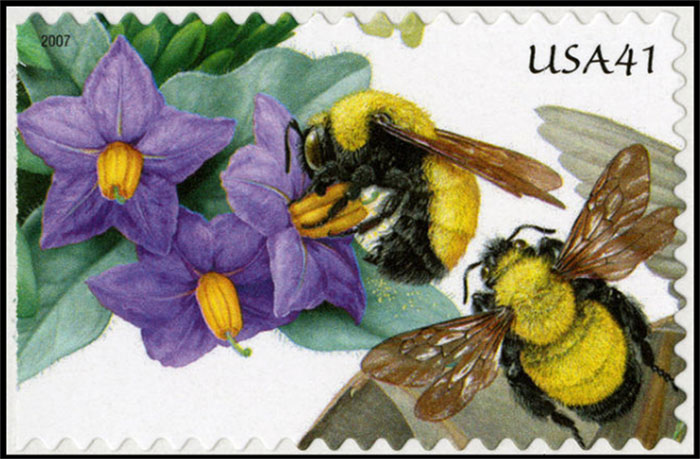We have recently been surveying what chemicals the local farmers in East Sussex use each year. Chemicals applied to two fairly typical fields, one with winter oilseed rape, one with winter wheat, in a single growing season (2012/13). I should stress that these are perfectly normal farms; not especially intensive, situated on the edge of the South Downs, an area of gentle hills, hedgerows and wooded valleys. Beautiful, rural England; Constable would have liked it here. But let’s look at it from a bee’s perspective, focussing on the oilseed rape, since this is a crop they will feed on when it flowers: firstly, the crop is sown in late summer with a seed dressing containing the insecticide thiamethoxam. This is a systemic neonicotinoid, with exceedingly high toxicity to bees. We know it is taken up by the plant, and that detectable levels will be in the nectar and pollen gathered by bees in the following spring. In November, despite the supposed protection of the neonicotinoid, the crop is sprayed with another insecticide, the charmingly named Gandalf. Gandalf contains beta-cyfluthrin, a pyrethroid. Pyrethroids are highly toxic to bees and other insects, but there should be no bees about in November so that is probably OK. The following May, when it is flowering, the crop is sprayed with another pyrethroid, alpha-cypermethrin. Less than three weeks later, the crop is blitzed with three more pyrethroids, all mixed together, a real belt-and-braces approach. Why use one when three will do? The crop is still flowering at this point (it was a late year), and would be covered in foraging bumblebees and other pollinators. In between, the crop is also treated with a barrage of herbicides, fungicides, molluscicides and fertilizers – 22 different chemicals in total.
Most of these may have little toxicity to bees in themselves, but some, such as a group of fungicides (the DMI fungicides), are known to act synergistically with both neonicotinoids and pyrethroids, making the insecticides much more toxic to bees. On the final application date, when the crop is flowering, one of these fungicides (prothioconazole) is added to the tank mix with the three pyrethroids. Any bee feeding will be simultaneously exposed to the three pyrethroids, the thiamethoxam in the nectar and pollen, and a fungicide that makes these insecticides more toxic.
We don’t know what impact all of this really has on them. The safety tests generally expose test insects to just one chemical at a time, usually for just 2 days, but in reality they are chronically exposed to multiple pesticides throughout their lives. The fact that we still have bees in farmland suggests that they must be pretty tough. More broadly, we don’t know what impacts all of this has on other pollinators, or wildlife in general. Industry would tell us that all is well. They would also tell us (and the farmers that they advise) that all of these applications are vitally important parts of crop production, and that without them food production would collapse. I have my doubts. Is this really how we want to see the countryside managed? Do we really want to eat food produced this way?
Author: David Goulson
http://splash.sussex.ac.uk/blog/for/dg229/2014/01/15/does-anyone-rememb…
Reflections of Rachel Carson:
https://www.youtube.com/watch?v=M0odbzri_Ak

- Login om te reageren
